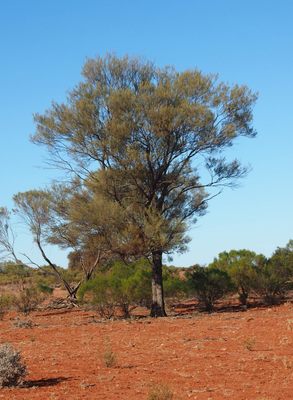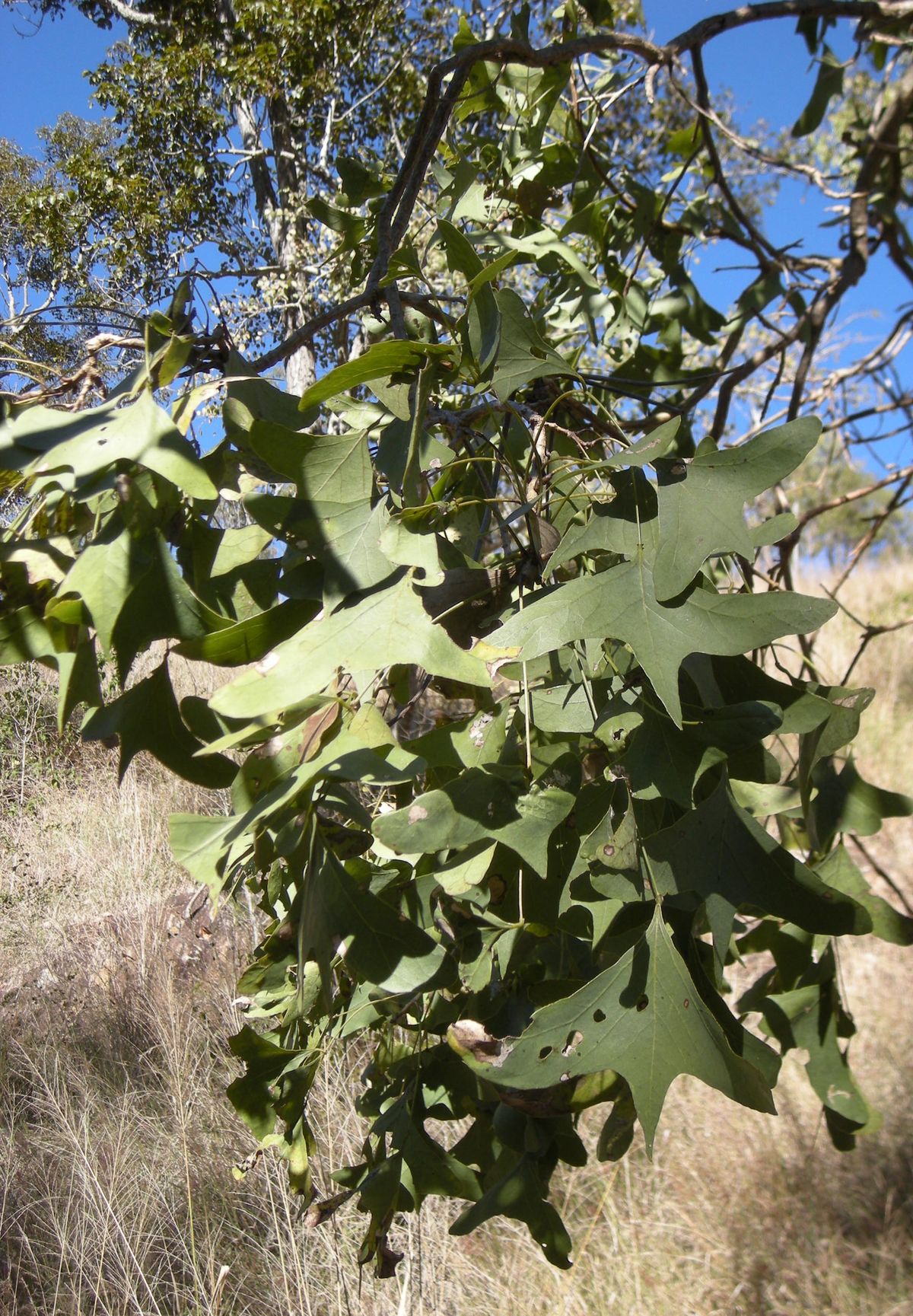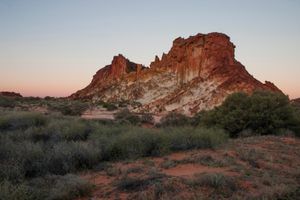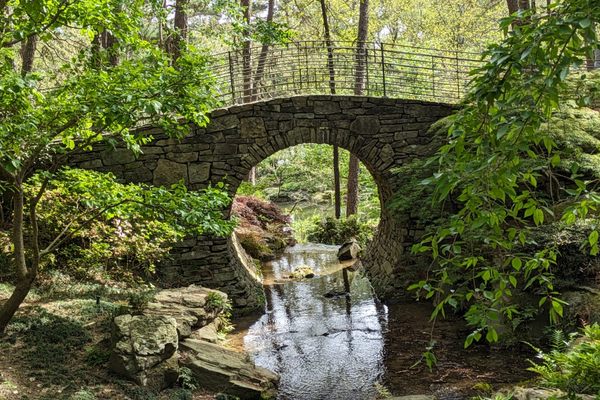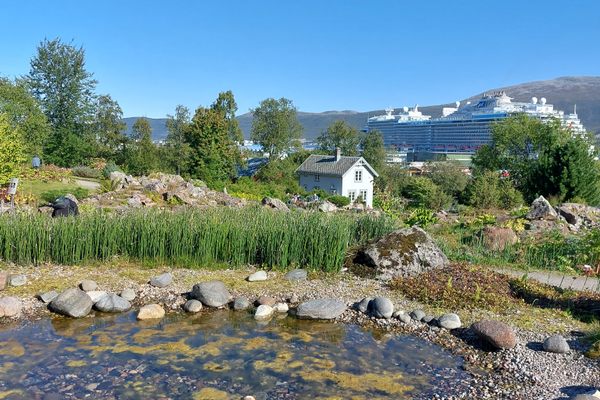About
Australia’s Red Centre is defined by the iconic Uluru, but it is also an ethnobotanical wonderland. As a champion of the region’s Aboriginal Australians and environment, Olive Pink left a floral legacy that continues to burgeon in her namesake reserve.
Born in Tasmania in 1884, Pink led a colorful life in every sense of the word. In her early years, she was an accomplished artist who focused on illustrating the local flora. Later, and rather uncommonly, she traveled widely in Australia, becoming an outspoken activist for the rights of indigenous people.
Pink seemed particularly fond of picking highly public fights with intractable politicians and earned a cantankerous reputation. After studying anthropology in Sydney, she became disillusioned with the pretentious, male-dominated field and embraced her own philosophy of “contact anthropology” which motivated her to live among the Aboriginal Australians in central Australia and the Northern Territory.
Not until age 72 did she settle on the expanse that would later become the botanical garden bearing her name. It was here that she established an austere camp where she began planting and cultivating an eclectic botanical collection. She often named the trees she planted after politicians and public figures. Symbolically, she would cease watering an eponymous sapling for anyone who fell from her favor.
One of Olive’s favorite trees was the Bat’s Wing Coral (Erythrina vespertilio), which was valued by the Aboriginal Australians for any number of uses including as a medicine since it contains natural healing alkaloids and flavonoids that even have anti-cancer properties. The mulga tree (Acacia aneura) was another favorite which, in addition to providing wood, has edible protein-rich leaves. The mulga gum is a favored food among the Arrernte people (in whom Olive had a particular interest) and is a type of lerp, or crystallized honey produced by psyllid bugs.
Olive passed away in 1975 at the age of 91, and in 1985 the garden was created and named in her honor. The landscape is largely natural outback, although winding paths lead wandering visitors throughout the 40-acre property. Garden signs warning about the presence of desert critters are nearly unnecessary, since the whole reserve seems to slither, scurry, bustle, and bounce with life. Anyone hoping to spot goannas, wallabies, or kangaroos will find this a hopping place.
Related Tags
Know Before You Go
The garden is within walking distance of downtown Alice Springs and is open to the public seven days a week, 8 am – 6 pm. Entry to the Garden is by donation.
Published
January 11, 2019

